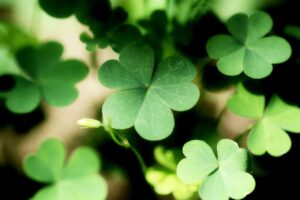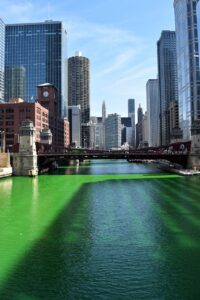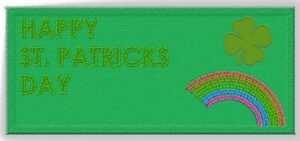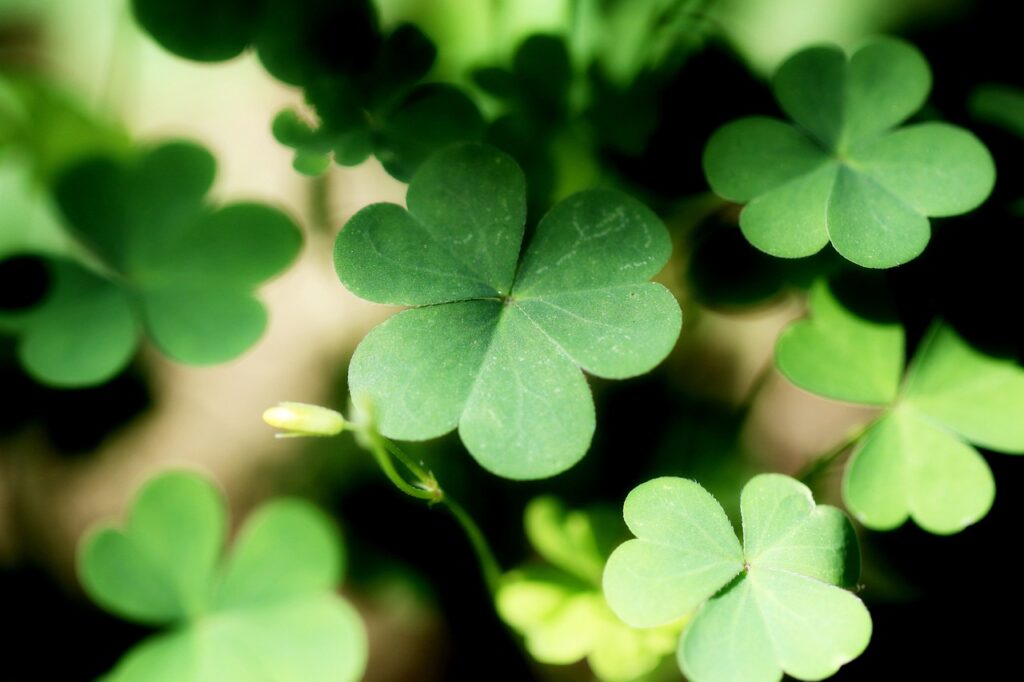Today is St. Patrick’s Day! We’re all a bit Irish on this fine day! Here is a little history to celebrate St. Patrick’s Day today 🍀

Image by manseok Kim from Pixabay
St. Patrick’s Day, observed annually on March 17th, is a global celebration of Irish culture and heritage. What began as a religious feast day for the patron saint of Ireland has evolved into an international festival celebrating Irish culture with parades, dancing, special foods, and a whole lot of green. This blog post celebrates the history, traditions, and modern-day festivities of St. Patrick’s Day, inviting everyone to partake in the joy and camaraderie that this day brings.
The origins of St. Patrick’s Day date back to the early 17th century, commemorating St. Patrick and the arrival of Christianity in Ireland. St. Patrick, one of Ireland’s patron saints, is credited with spreading Christianity throughout the country during the fifth century. March 17th, the supposed date of his death, has been commemorated as St. Patrick’s Day since approximately the 9th or 10th century. This day was officially recognized by the Catholic Church in the early 1600s as a feast day, allowing Christians to take a break from Lenten restrictions and celebrate with food and drink (“St. Patrick’s Day,” History.com).
The most iconic symbol associated with St. Patrick’s Day is the shamrock, which St. Patrick used to explain the Holy Trinity to the pagan Irish. This symbolism has since evolved, with people wearing green clothing and accessories, decorating their homes with shamrock motifs, and participating in activities that celebrate Irish culture and heritage.
Modern celebrations of St. Patrick’s Day are characterized by public parades and festivals, céilís (traditional Irish music and dance gatherings), and the wearing of green attire or shamrocks. Cities with significant Irish populations, such as New York, Boston, and Chicago, host some of the largest parades, drawing thousands of participants and spectators.
One of the most unique celebrations takes place in Chicago, where the river is dyed green annually, a tradition that has been carried out for over 50 years (Mikkelson, David. “Chicago River Dyed Green for St. Patrick’s Day.” Snopes.com). ** If you’ve not experienced the Chicago River dyed green, I highly recommend it 🌞

Image by Ingi Finnsson from Pixabay
In addition to the festivities, St. Patrick’s Day is a time to enjoy traditional Irish food and drink. Dishes such as corned beef and cabbage, Irish soda bread, and shepherd’s pie are commonly served, along with plenty of Guinness, the iconic Irish stout.
St. Patrick’s Day serves as a reminder of the enduring spirit and rich cultural heritage of the Irish people. It is a day of pride, celebration, and unity, not just for those of Irish descent but for anyone who appreciates the culture and history of Ireland. Whether attending a parade, enjoying a traditional meal, or simply wearing a bit of green, St. Patrick’s Day offers a wonderful opportunity to celebrate and participate in a centuries-old tradition that has captured the hearts of people around the world.

Image by skylarvision from Pixabay
Irish Wisdom
Let’s enhance our celebration of St. Patrick’s Day with a touch of Irish wisdom. A short and memorable Irish quote that beautifully encapsulates the spirit of the Irish people and their outlook on life is:
“May your troubles be less, and your blessings be more, and nothing but happiness come through your door.”
This quote reflects the Irish culture’s resilience, warmth, and the inherent wish for well-being and happiness, not just for oneself but for others as well. It’s a reminder of the importance of community, kindness, and the enduring optimism that characterizes the Irish spirit. Enjoy being Irish for the day 🍀Lynn
#Can’tPredictCanPrepare

